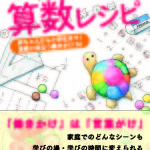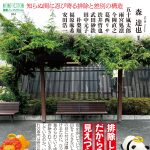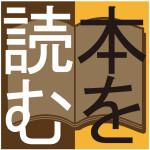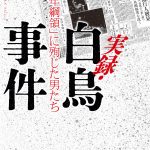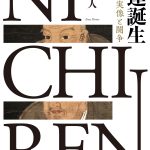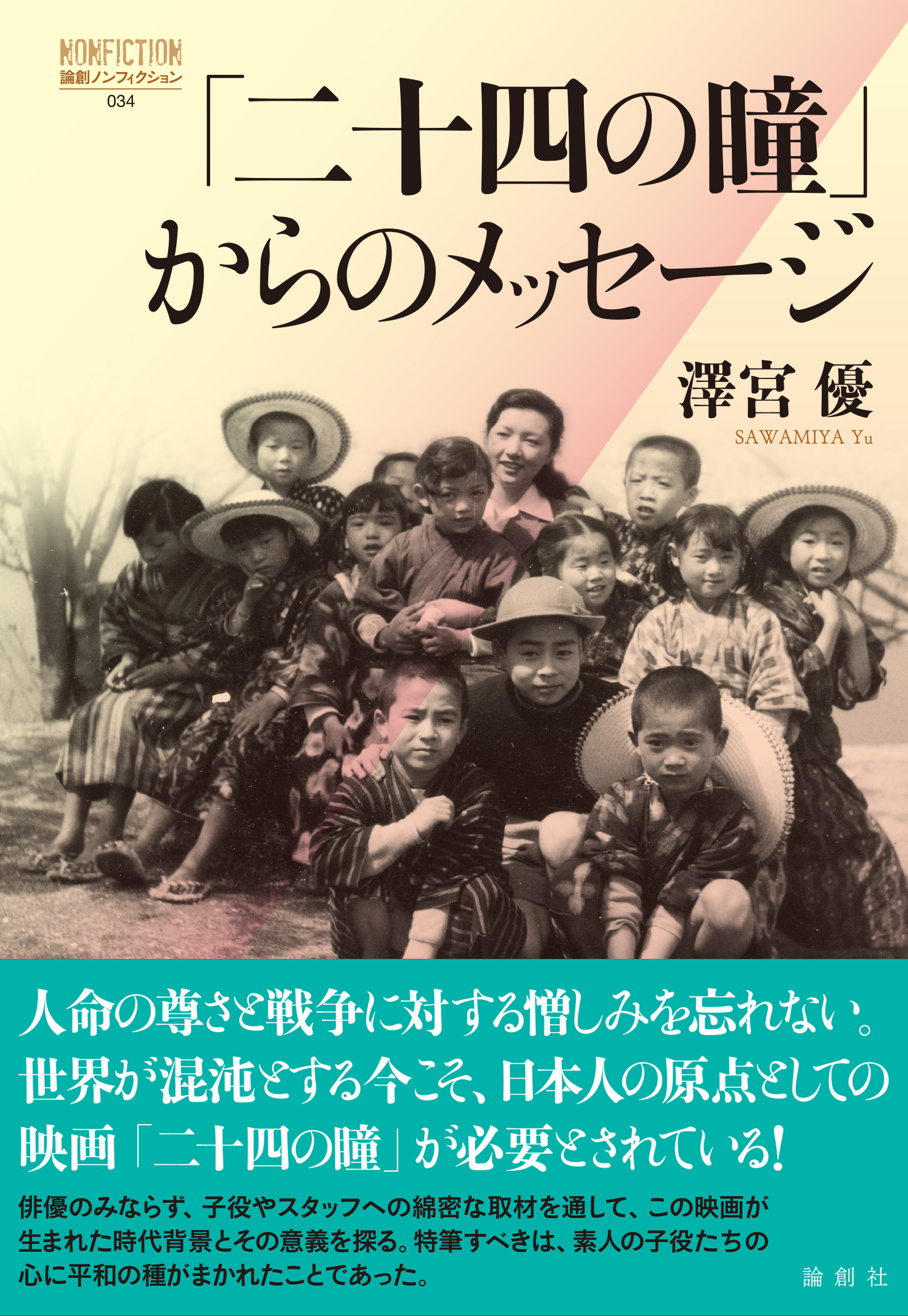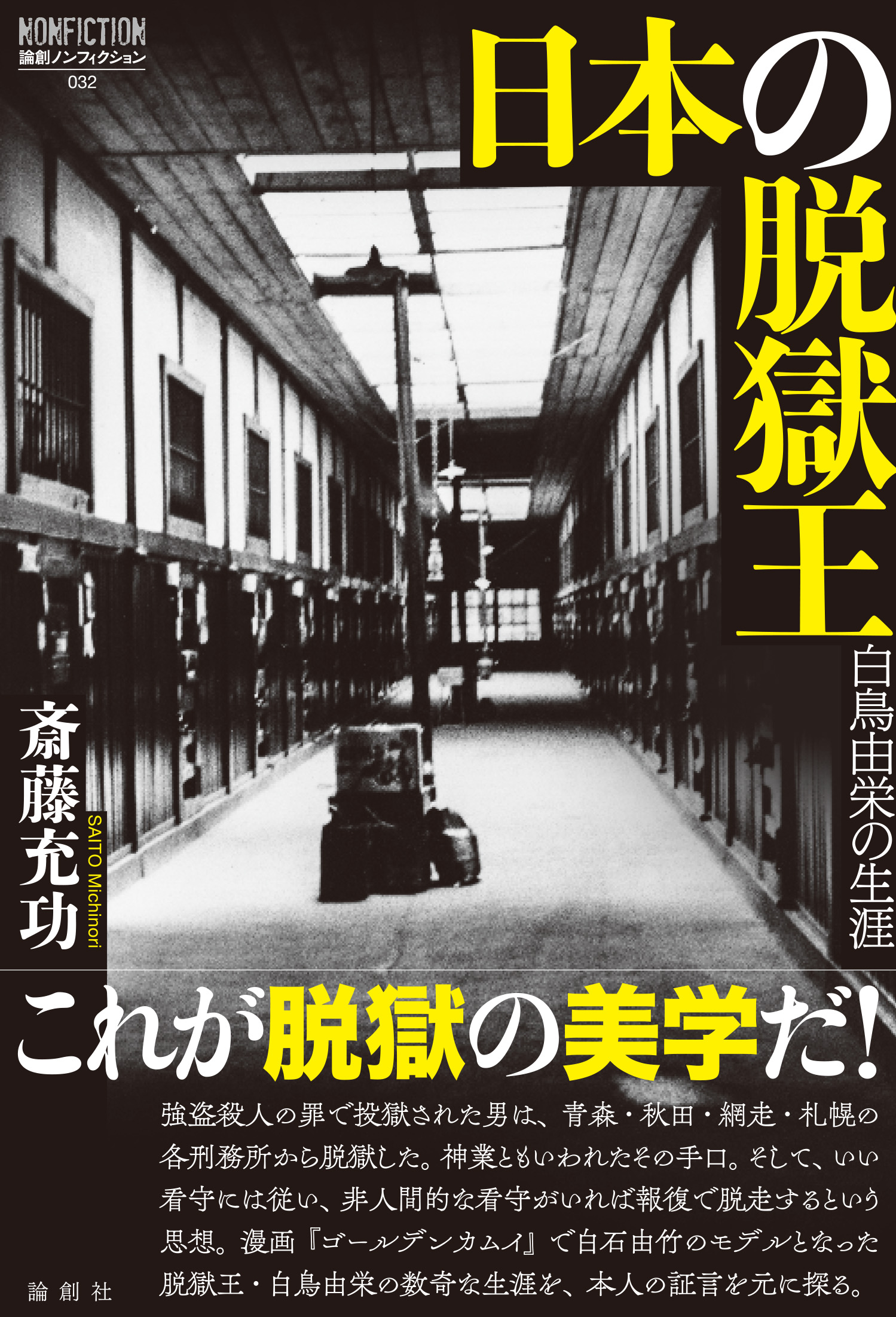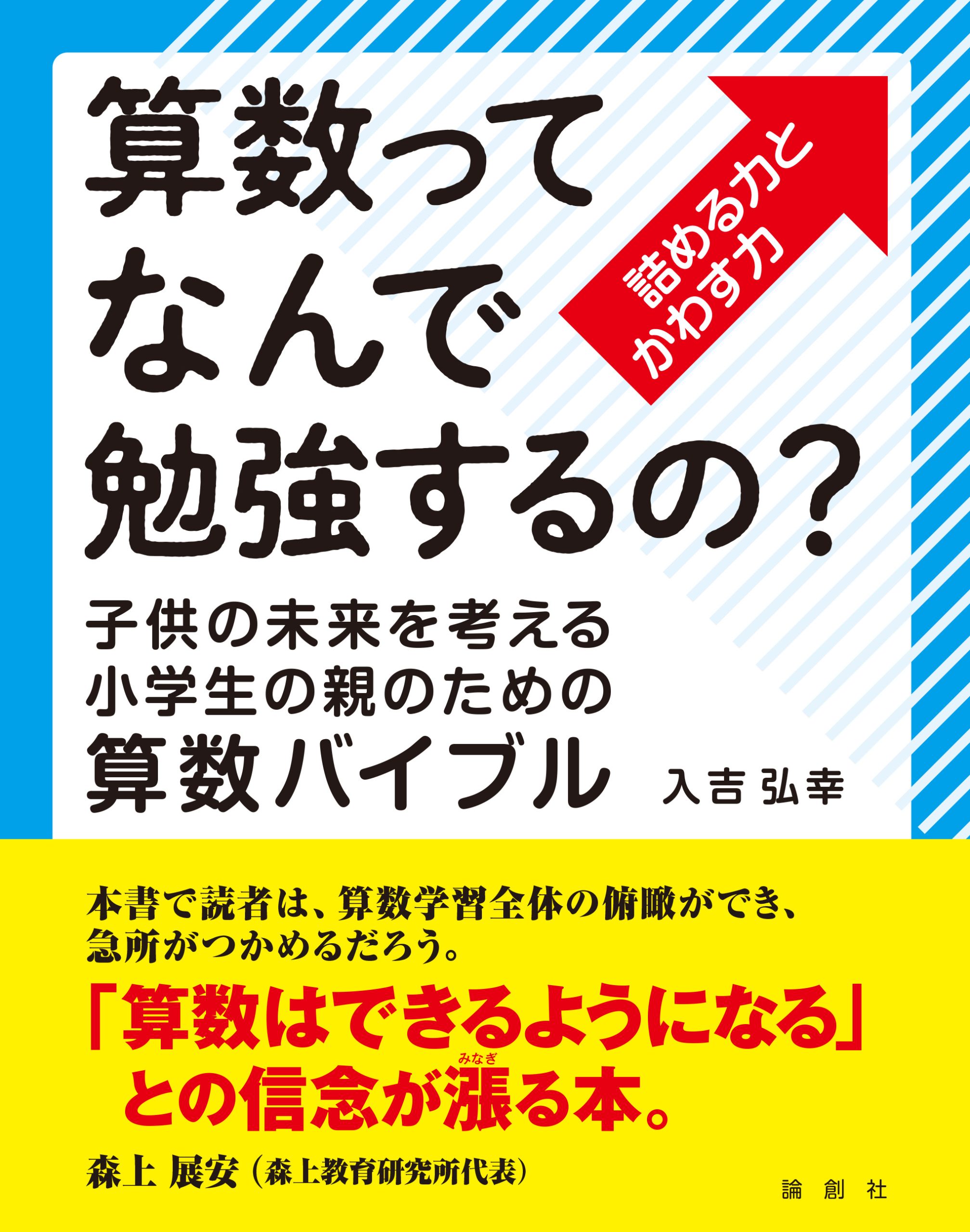- 2019-8-1
- お知らせ, 論創通信, The Nichiren Buddhism【ミステリーな日蓮 英訳版】
14.Why don’t you refer to Three Great Secret Laws?
Hiroto Ema
In this section, I answer another frequently asked question.
Q. The essence of the doctrine of Nichiren is Three Great Secret Laws, namely, the object of devotion (Honzon), the ordination platform (Kaidan), and the title (Daimoku). Why don’t you refer to these important Secret Laws?
Certainly, Nichiren regarded Three Great Secret Laws as important dogmas to the doctrine of Buddhism. Yet, you should keep in mind the premise that Nichiren presented them as he was trying to counter the attack from Esoteric Buddhism. So you, readers of this series, would understand that the purpose of drawing Mandara(Gohonzon) was to destroy Esoteric Buddhism. Also, the preaching of Three Great Secret Laws was the result of it.
The belief in the Lotus Sutra was bitterly criticized by the monks of Esoteric Buddhism, who asserted “the Lotus Sutra lacks the Three Secret Laws (the three mysteries)”. What does it mean? According to Esoteric Buddhism, one of the most important dogma is “Becoming Buddha in this Life (Sokushin Jyobutsu)”, which means everybody can die peacefully and become a Buddha as he is. Nichiren criticized that Esoteric Buddhism had stolen the idea of “Becoming Buddha in this Life” from the Lotus Sutra, so originally it hadn’t been preached in Esoteric Buddhism. But we don’t discuss it further. According to the doctrine of Esoteric Buddhism, “Becoming Buddha in this Life” requires training of the Three Secret Laws, Secret Law (mystery) of the body, Secret Law of the mouth, Secret Law of the mind. To put it more precisely, they mean making the sign with one’s hands (Secret Law of the body), repeating mantra in one’s mouth (Secret Law of the mouth), and visualizing the object of devotion in one’s mind (Secret Law of the mind). And the monks of Esoteric Buddhism criticized that the Lotus Sutra had only Secret Law of the mind among the Three Secret Laws essential to Becoming Buddha in this Life. But the monks who treasured the Lotus Sutra couldn’t contradict it well, and Tendai Syu (Tendai school) combined the Lotus Sutra with Esoteric Buddhism and preached the integration of them. For Nichiren, who regarded the Lotus Sutra as the supreme, these attitudes must have been unforgivable.
In countering Nenbutsu (chanting of Namu Amida Butsu), Nichiren preached the Chanting Daimoku (Nam Myoho Renge Kyo) by adopting its form, and that was also the case when countering Esoteric Buddhism. He tried to make people believe in the Lotus Sutra by using forms which had already been widely accepted. Although Nichiren repeatedly claimed that “Becoming Buddha in this Life” of Esoteric Buddhism was a doctrine which had been established by stealing the essence of the Lotus Sutra, he first tried to convince those who regarded the Three Secret Laws essential to Becoming Buddha in this Life that the Three Secret Laws of the Lotus Sutra was superior to those of Esoteric Buddhism, rather than to refute them by asserting that Becoming Buddha in this Life didn’t require the Three Secret Laws. For Nichiren, the matter of the Three Secret Laws was merely formal, so that he could change them and integrate into the belief in the Lotus Sutra. So the doctrine of the Three Great Secret Laws was presented with such an intension.
By the hands of Nichiren, Secret Law of the mouth, repetition of mantra, was changed to Chanting Daimoku, and Secret Law of the body, making the sign with one’s hands, to the ceremony of giving the commandment. In Enryaku temple in Mt. Hieizan (in Kyoto), when one became a monk, the ceremony was performed in a special building called Kaidan-in (the house of giving the commandments). In this regard, the house doesn’t merely refer to the building itself, but the whole ceremony of giving the commandments, which is symbolized by the house, and it seems that the physical manners used in the ceremony was referred to as Secret Law of the body. For Nichiren himself had been given the commandments in Enryaku temple, he must have realized the importance of the ceremony and the special envy of monks toward it.
After establishing the new belief in Lotus Sutra, Nichiren began to give official rank of a high priest to his disciples with enough virtue in behalf of Enryaku temple. Though it is not clear what kind of ceremony was performed in such occasions, the biggest Mandara (Gohonzon) which Nichiren drew was 244 centimeter long and 125 centimeter wide, and when mounted and arrayed its size exceeds three meters. Certainly, the special ceremony must be performed on the ordination platform of giving the commandments, with the huge Mandara in front of it, as is the case with Esoteric Buddhism, and the commandments given in the Chanting Daimoku. So it is clear that Nichiren used forms and ceremonies for the belief in Lotus Sutra and regard them as expediency.
Nichiren had a special feeling toward the platform of giving the commandments, because when the imperial court and the Shogunate officially accepted Nichiren as the leader priest of Japan, a new house of giving the commandments which should substitute Enryaku temple would be built. It means that the whole establishment of Buddhism would be reorganized with Nichiren in the center, and it was his goal. But the plan wasn’t realized.
Later, when people had forgotten the platform and the ceremony of giving commandments and accepted the belief in Lotus Sutra preached by Nichiren, perhaps the place where believers chanted Daimoku for the object of devotion (Gohonzon), physical manners, instruments, and procedures got to be understood as a whole as the ordination platform of Secret Law of the body.
For Nichiren, the essence of the belief in Lotus Sutra was above all to become single-minded with Nichiren and believe in him. So neither Chanting Daimoku nor Gohonzon had any worth without becoming single-minded with Nichiren. And this observed, all other issues should be dealt with flexibly according to the knowledge and understanding of each person. So Three Great Secret Laws which Nichiren presented used the doctrine of Esoteric Buddhism in order to counter the criticism from it and convert it to the belief in Lotus Sutra. Moreover it appears only in the preachings to his disciples familiar with Esoteric Buddhism. So apparently it isn’t the essence of the doctrine of Nichiren.
August 1st 2019
Please let us know your feedback via e-mail.
(Next section will be released on September 1st)
Back Number→The Nichiren Buddhism
14.質問! 三大秘法に触れないのは、なぜ?
江間浩人
今回は、数多く問い合わせを頂戴した代表的なご質問について、お答えします。
質問:日蓮の教えの根本は、本尊、戒壇、題目の三大秘法です。この大事な法門に触れないのはなぜですか。
日蓮が三大秘法を大切な法門としていることは間違いありません。ただし、これは密教からの攻撃に対抗する中で提示されたものだ、という前提を知っておかなくてはならないでしょう。日蓮が、文字曼荼羅を顕したのは、密教破折が目的だったという点は、本連載の読者にはご理解頂けたかと思います。三大秘法の説示も、その延長線にあります。
法華経信仰は密教から、「法華経には三密が欠けている」と強烈に批判されてきました。どういうことか、簡単に説明します。密教の最も大事な法門に「即身成仏」があります。人が、その身、そのままで成仏できる、という教説です。日蓮は、この即身成仏の法門は、密教が法華経から盗み入れたもので、もともと密教に説かれたものではない、と批判します。が、今は、そこには深入りしません。密教で説く即身成仏には、身・口・意の三密の修行が不可欠である、とされました。具体的には、手で印を結び(身密)、口で真言を唱え(口密)、心に本尊を思い浮かべる(意密)ことを指します。即身成仏に不可欠な三密のうち、法華経にはただ意密だけあって、身密と口密がないというのが密教からの批判です。この批判に、法華経を尊重する顕教からは、有効な反論ができず、天台宗ではむしろ密教に法華経を引き入れて、密教と法華経の同一を説きました。これは法華経を最第一とする日蓮にとって許し難いことだったでしょう。
日蓮は、称名念仏に対抗する際、その形式を取り入れて唱題を説きましたが、密教との対決でも日蓮の基本的な方法論に変化はありません。人々が受け入れている形式を利用して、信仰の対象を法華経に代えようとします。密教の即身成仏が法華経の根幹を盗んで成立した教説であることを、再三、日蓮は指摘しています。しかし、三密が即身成仏には不可欠だと考える人に、日蓮は、成仏に三密は必要ないと議論をもって承服させるよりも、法華経信仰の三密の方が勝れていると思わせる方を優先しました。日蓮にとって三密は、換骨奪胎して新たな法華経信仰に取り込んでしまえるほど、形式的な問題だったのです。日蓮の三大秘法の法門は、そのような意図をもって提示されたものです。
日蓮によって真言を唱える口密は、唱題に転換され、手印を結ぶ身密は、授戒の儀式に転換されました。叡山では出家して僧になる際、戒壇院と呼ばれる特別な施設において授戒が行われました。日蓮は身密を戒壇に充てていますが、この場合の戒壇は、単に施設を指すのではなく、戒壇院に象徴される授戒儀式を指していて、この儀式に用いられた身体的作法そのものを身密にあてたのだと思われます。日蓮自身も叡山で授戒していますから、この儀式の重要性、僧を目指す者が抱く特別な羨望は十分理解していたはずです。
日蓮は新たな法華経信仰を興すと、叡山に代わって徳を備えた弟子に阿闍梨号を授けます。その際、どのような儀式を踏んだかは不明ですが、日蓮が遺した最大の曼荼羅はタテ244センチ、ヨコ125センチあり、表装すれば優に3メートルは超える大きさがありました。当然、密教同様に巨大な法華曼荼羅を掲げた戒壇において、唱題のなかで授戒し、特別な儀式が行われたことでしょう。日蓮にとって形式や儀式は、常に法華経信仰のために利用されており、方便として位置付けられていたことが分かります。
日蓮には戒壇に対する特別な思いがあります。日蓮を日本第一の僧であると朝廷と幕府が公認し、日蓮に授戒の資格を与えた時に、延暦寺に代わる新たな戒壇院が造営されることになるからです。これは日蓮を中心に仏教界が再編されるということです。日蓮の目標はそこにありました。しかし、この夢は叶いませんでした。
やがて時代が下って戒壇や授戒に馴染みがなくなり、日蓮の法華経信仰が広範な民衆に受け入れられると、信徒が本尊に向かって唱題する場所、身体的作法、仏具、儀式など、その全般を身密の戒壇として理解するようになっていったのでしょう。
日蓮にとって、最も大事な法華経信仰の根本は、日蓮との同心(日蓮への信仰)にありました。唱題と本尊も、日蓮との同心を欠いては意味をなさないものでした。それさえ違えなければ、あとは人々の素養や理解に合わせて柔軟に対応すべき問題だったのです。日蓮が唱えた三大秘法も、密教からの批判に応えるとともに、法華経信仰に転換させる目的で、その教説を利用したものです。しかも、それは密教に親しんできた門下に対する説示のなかに現れる程度です。日蓮の仏法の根幹を支える教理でないことは明らかだろうと思います。
—ご感想はお問い合わせメールまで(次回は9/1予定)—



